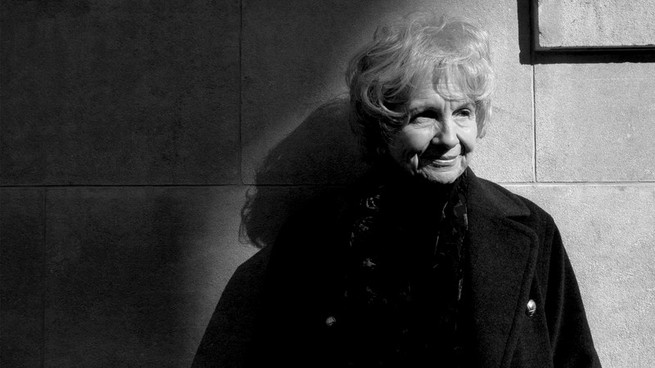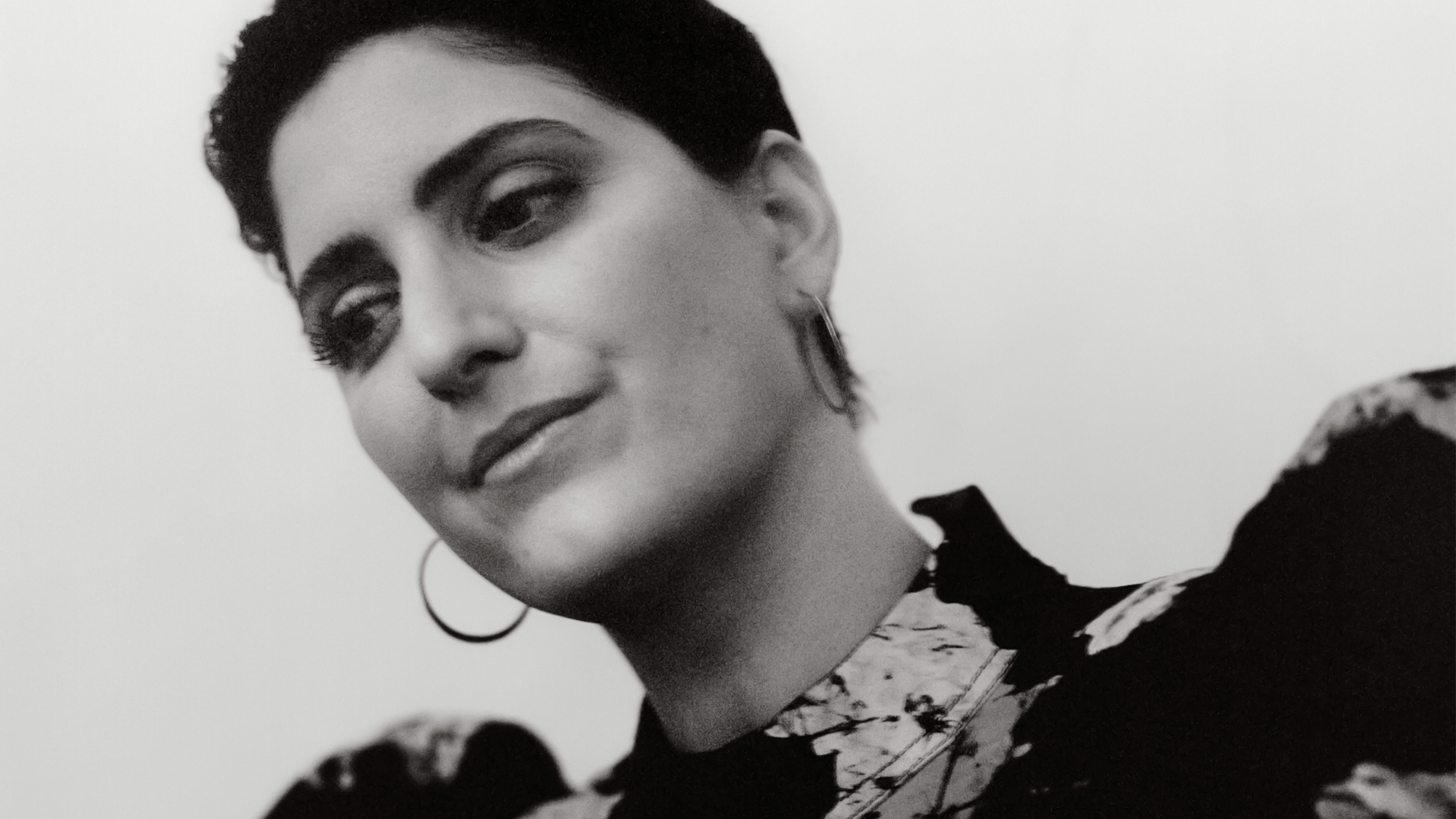‘An Entire Life Handed Over to Art’
5 min read
Join Atlantic editors Adrienne LaFrance, Emma Sarappo, and Lenika Cruz along with staff writer Ross Andersen for a discussion of “The Great American Novels,” an ambitious new editorial project from The Atlantic that brings together the most consequential novels of the past 100 years. The conversation will take place at Politics and Prose at The Wharf in Washington, D.C., 610 Water Street SW, on May 20 at 7 p.m.
The death this week of Alice Munro, the beloved and Nobel Prize–winning short-story writer, was an occasion to examine and praise her life as a writer as much as her actual work. Munro was humble, committed primarily to her craft. She seemed little tempted by the opportunities literary stardom offered; she spent most of her years not straying too far from the Canadian town where she was born. She stuck to the form she loved and perfected and never produced a novel, though one can only imagine how much pressure she was under from publishers to do so. In an appreciation that ran in The Atlantic this week, the author Lorrie Moore, also best known for her short stories, found herself wondering what it felt like to be Alice: “Munro’s career seemed to involve an entire life handed over to art, so, from a distance, it is hard to know whether she felt she’d missed out on some other, easier, sweeter life. (Though, I suppose, for a writer there is no other kind of life.)” Tortured or not—and I tend to think she wasn’t—Munro found seemingly endless ways to draw on her own immediate world to give us glimpses of the human condition.
First, here are three new stories from The Atlantic’s Books section:
- 25 books to get lost in this summer
- A family story about colonialism and its aftereffects
- The wild Blood dynasty
The way Munro chose to live her life—staying close to the people with whom she was raised, never even learning how to drive—is reflected in her stories, and it’s what makes them powerful. She was interested in and privileged depth over breadth. Like a painter who returns to the same subject, or a pianist who plays a Bach sonata again and again, fascinated by every slight variation, Munro found endless material among the rural Ontarians she knew best. She understood at a profound level the truism that in fiction, the universal can be found in the particular. Her collections also capture the unique joys and frustrations of girlhood and womanhood, focusing on the quiet adolescent dramas in Lives of Girls and Women or the joyful burden of child care in The Progress of Love.
Munro may have chosen the constricting form of the short story because she liked the limitations it offered. Perhaps the tight word count gave her the ability to fill in those wonderful, painful details of human reality in a way that felt authentic to how we live our lives—day to day, moment by moment. In a 1982 essay, she tried capturing her art through a metaphor: “Everybody knows what a house does, how it encloses space and makes connections between one enclosed space and another and presents what is outside in a new way. That is the nearest I can come to explaining what a story is for me.”

What Alice Munro Has Left Us
By Lorrie Moore
A reflection on the death at 92 of the Nobel Prize–winning master of the short story
Read the full article.
What to Read
Grass, by Keum Suk Gendry-Kim
Using breathless, inky brushstrokes, Gendry-Kim’s Grass tells the true story of Granny Lee Ok-sun, one of tens of thousands of Korean women who were forced into sexual slavery by Japan during the 1930s and ’40s. Lee was relinquished by her impoverished family, then adopted by a couple who promised to send her to school, but put her to work instead before selling her as a teenager to a brothel. Her biography gets more gruesome when she is sent to a Japanese-military “comfort station.” Gendry-Kim expertly handles the woman’s trauma in a narrative that alternates between her brutal childhood and her present, where she is reluctantly telling Gendry-Kim her story in the nursing home where she now lives. Gendry-Kim inserts a plethora of wordless pages amid the account, and these gestural, stark landscapes are some of the book’s most beautiful drawings. At times, she is even more minimalist: After recounting Lee’s first assault, Gendry-Kim draws empty, charcoal-black panels, creating a heartbreaking pause in a relentlessly painful book and life. — Kristen Radtke
From our list: Seven great graphic novels that go beyond words
Out Next Week
📚 Undue Burden: Life and Death Decisions in Post-Roe America, by Shefali Luthra
📚 Butcher, by Joyce Carol Oates
📚 American Diva: Extraordinary, Unruly, Fabulous, by Deborah Paredez
Your Weekend Read

The Art of Survival
By Jennifer Senior
The first time I met Suleika Jaouad, I fell in love with her a little. This, I would soon learn, is a fairly common reaction to Suleika: Everyone who meets her falls in love with her a little. It was 2015, and Suleika was just 26 years old—buoyant, finally off maintenance chemo, and radiant on account of it, her thick brown hair arranged in a boop-a-doop pixie cut. We were attending the same conference, and her boyfriend, a young New Orleans musician named Jon Batiste, was there too. The couple had an irresistible backstory: They first met at band camp as teenagers (she in Birkenstocks, he with a mouthful of train-track orthodonture), and then reconnected romantically as adults. They made for a captivating pair, though the weather systems surrounding them couldn’t have been more different: She was enveloping and collected people; he was shy and abstracted, as if involved in a long, vigorous conversation with himself.
Read the full article.
When you buy a book using a link in this newsletter, we receive a commission. Thank you for supporting The Atlantic.
Explore all of our newsletters.



